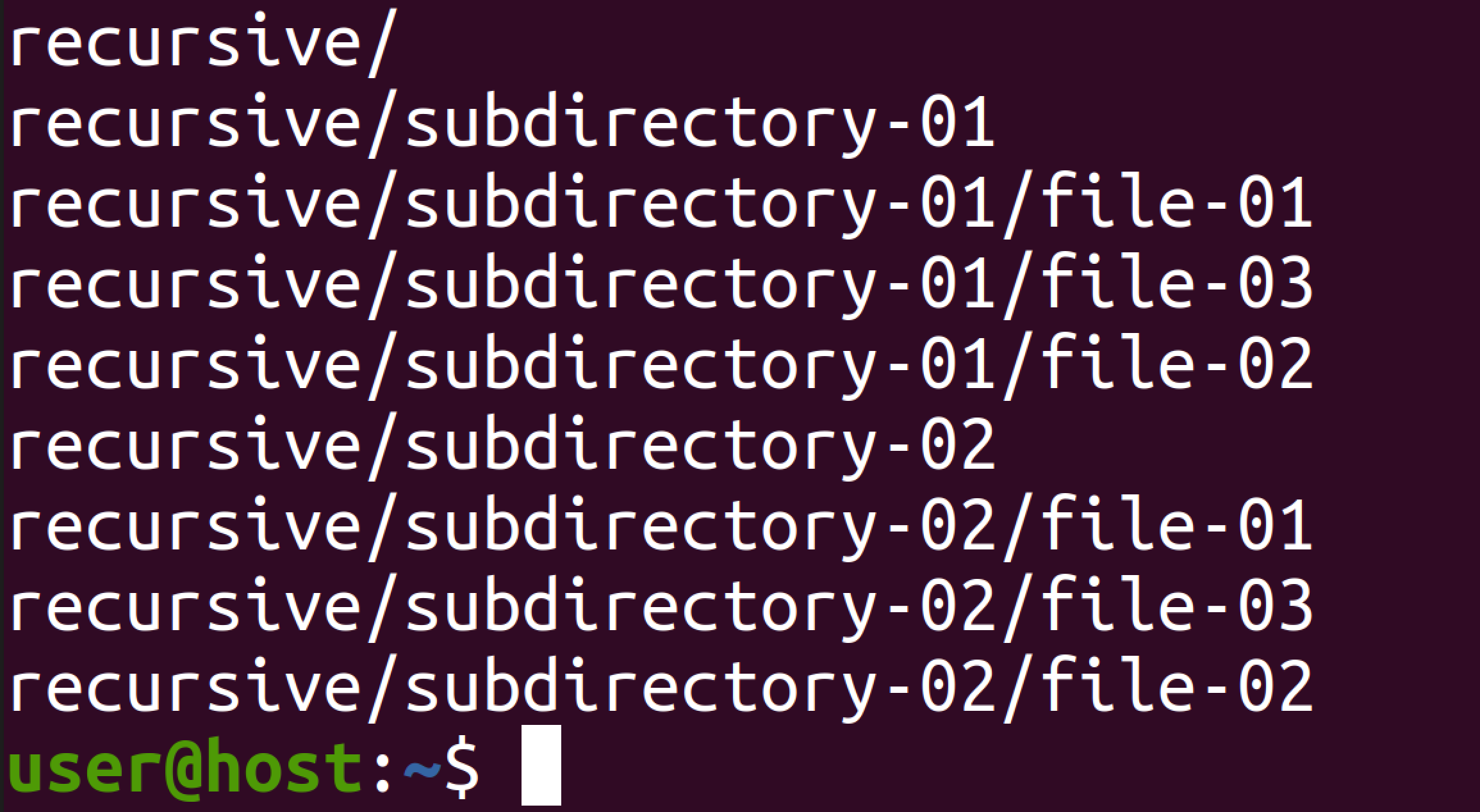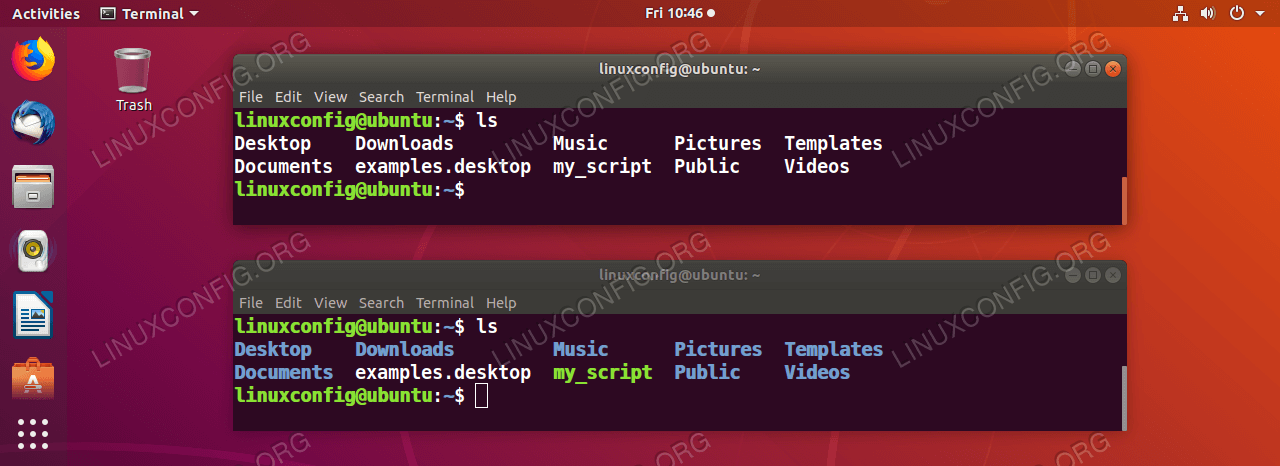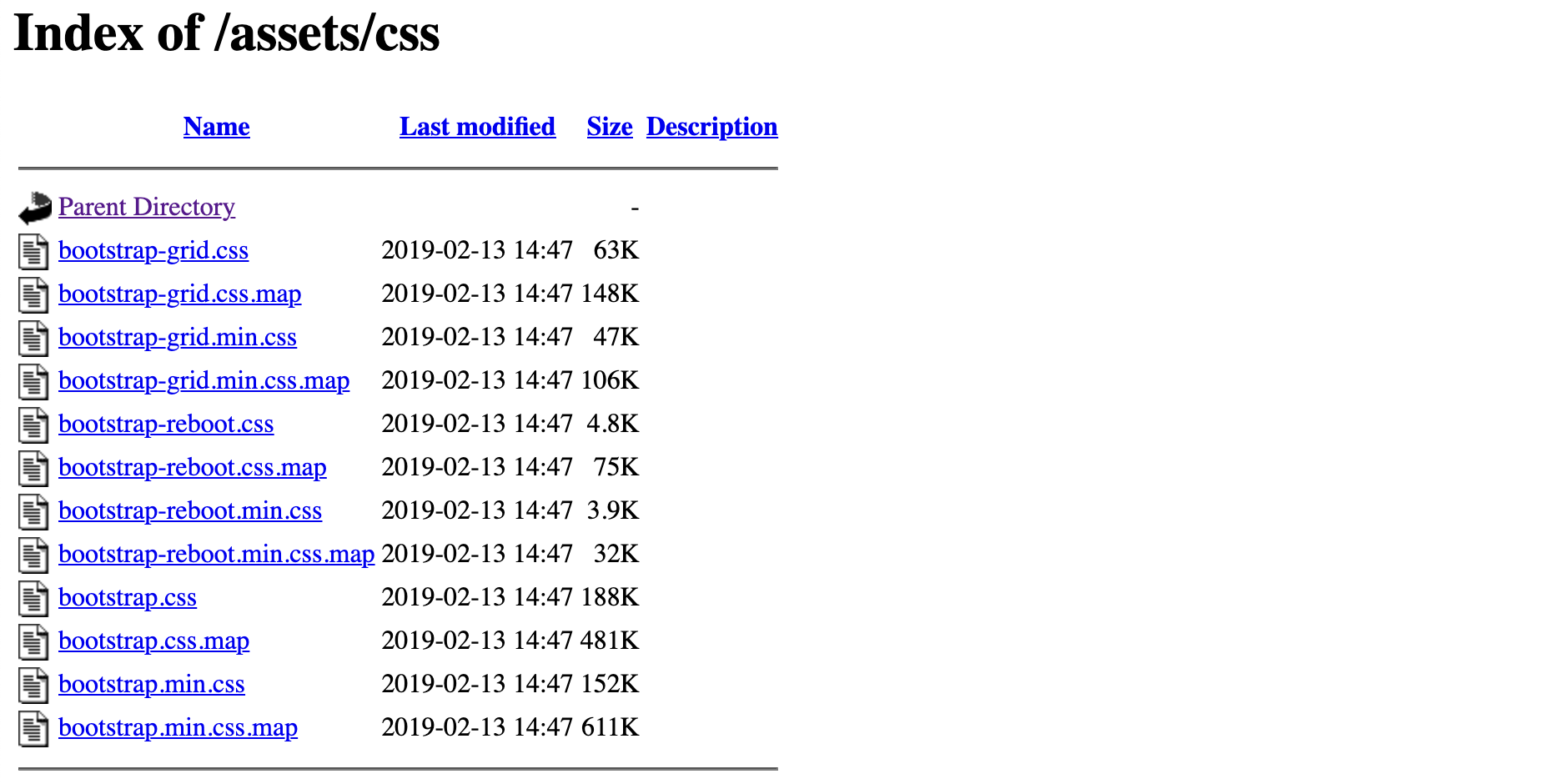

key : Used to search the a given pattern much like in the vi/vim editor. I had a trivial problem today where I had a huge list of files in a directory, and other directories within the directory. b key : Used to scroll the display backwards one screenful at a time. Enter key : Used to scroll the display one line. Will show the following : Space key : Used to scroll the display. In this demonstration, we will provide a deep insight into the usage of tree commands with examples. Linux command to display contents of a file. It is almost like an “ ls” command, but the main difference is the print pattern of both commands: the “ ls” command lists down the content, whereas the “ tree” command shows the output in a tree-like hierarchical structure.

Similarly, tree command prints directories, sub-directories, and their content in a tree-like structure. Like other distros, Ubuntu also supports a variety of commands, and among those, directory handling commands are used to handle the operations related to directories, such as the “ cd” command is used to change the current working directory “ mkdir” command is used to make a new directory. find /home -user randomperson-mtime 6 -iname “.db”.The command-line interface of Linux-based distros works as a catalyst to the actions performed by the users. How do I list all directories in Linux See the following examples: To list all files in the current directory, type the following: ls -a This lists all files, including.
#Ubuntu list directory contents series#
A directory included in this series is said to be on the path. Once you selected the directories, click on Compare. Select the directories you want to compare, note that you can add a third directory by checking the option 3-way Comparison. Look for an empty file inside the current directory. However, this assumes that the file is stored in one of a series of directories known as the path. Click on directory comparison and move to the next interface. jpg files in the /home and directories below it. On Ubuntu and all Debian based systems, stat command is provided by the coreutils package.
#Ubuntu list directory contents how to#
If you need to know how to find a file in Linux called thisfile. List owners of files in a directory using stat command The stat is a command line tool used to display file or file system status on Linux/Unix systems. How do I find a file and directory in Linux?īasic Examples find. To display detailed information about a directory, type the following: ls -d -l. a, -all do not ignore entries starting with. Mandatory arguments to long options are mandatory for short options too. Sort entries alphabetically if none of -cftuvSUX nor -sort is specified. dot (.) To display detailed information, type the following: ls -l chap1. List information about the FILEs (the current directory by default). See the following examples: To list all files in the current directory, type the following: ls -a This lists all files, including.

We can also use it to list the files contained in a package in Ubuntu.

Dpkg is a tool for building and managing packages in Linux. Then, of course, you can learn more about them through their documentation. It helps you see the number of items in the folder. Along with this cool feature, the website also allows users to search for specific files. This field is displayed if you are looking at the properties of a folder rather than a file. The MIME type of the file is shown in parentheses MIME type is a standard way that computers use to refer to the file type. However, this assumes that the file is stored in one of a series of directories known as the path. See Open files with other applications for more information on this. This command will work in all Linux distribution. You can use the cd (change directory) command to change the current working directory or move around the file system. rd.c: In function main: rd.c:21:22: warning: assignment makes pointer from integer without a cast enabled by default rd.c:21:7: warning: suggest parentheses around assignment. Often, you can launch a program by simply typing its filename. The current working directory is the directory or folder where you are currently working. If you indent your program with indent rd.c then compile your program with gcc -Wall -g rd.c -o rd you get. In Linux, as in MS-DOS and Microsoft Windows, programs are stored in files.


 0 kommentar(er)
0 kommentar(er)
